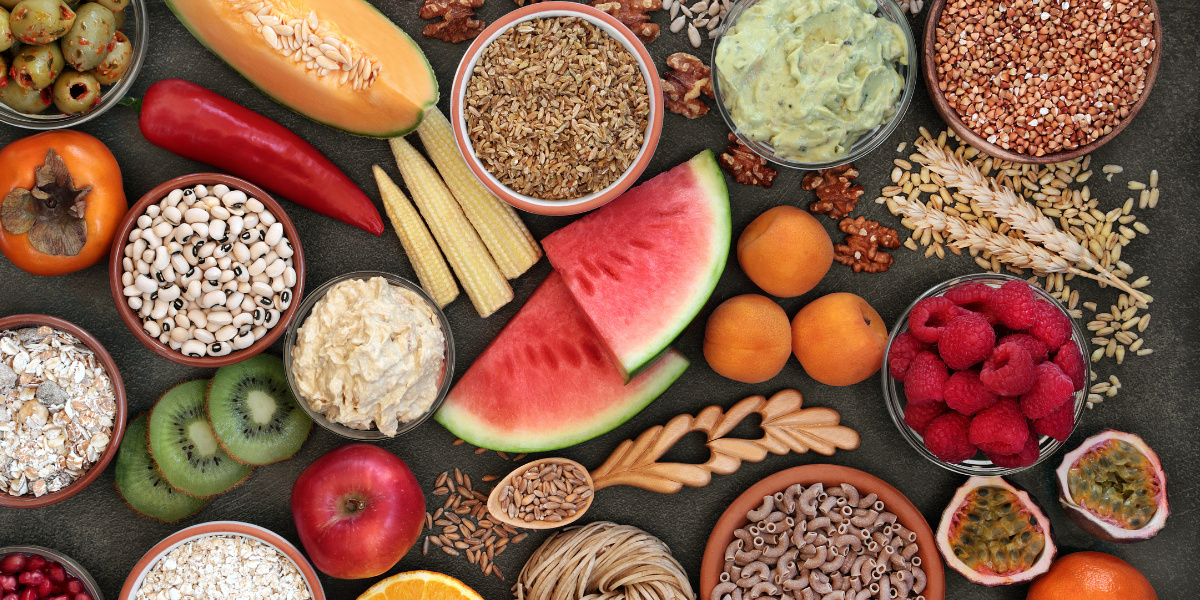
In 2025, the art of baking homemade bread continues to capture the imagination of culinary enthusiasts around the world. As more people seek to reconnect with traditional skills and enjoy healthier, fresher food options, the appeal of homemade bread has never been stronger. This guide provides an in-depth look at how to bake your own bread, offering insights into choosing the right ingredients, understanding the process, and maintaining quality over time.
Selecting the Right Ingredients
Baking bread starts with choosing the right ingredients. In 2025, sustainability and health are paramount concerns for many home bakers. Organic flours, sourced from local farms, are increasingly popular. Whole grain options like spelt and einkorn are favored for their nutritional benefits and distinctive flavors. When selecting flour, consider both the texture and taste it will impart to your final loaf.
Yeast is a crucial component, with options ranging from active dry yeast to instant yeast and even natural sourdough starters. Each type offers different leavening properties and impacts the bread's flavor profile.
Baking Techniques and Tools
Bread making has evolved with technology, incorporating innovative tools that streamline the process. However, traditional methods still hold significant value. Whether using a modern bread maker with custom settings or relying on hand-kneading techniques, understanding the various stages of dough preparation—from mixing and kneading to proofing and baking—is essential.
- Kneading: Develops the gluten structure, affecting the bread's texture.
- Proofing: Allows the dough to rise and develop flavor. Optimal temperature and humidity are crucial.
- Baking: The final step where temperature settings and steam creation contribute to crust formation and crumb texture.

Maintenance and Ownership Costs
Maintaining your bread-making setup involves minimal but essential costs. Regularly replacing worn-out tools, such as proofing baskets and scrapers, ensures consistent quality. Using energy-efficient ovens and appliances can reduce overall utility costs.
Furthermore, continued experimentation with ingredients like various flours or seeds will play a role in ongoing expenses, albeit contributing to your culinary skills development.
According to a 2025 study by The Culinary Institute, understanding ingredient and tool lifecycle significantly impacts the sustainability of home baking.
In conclusion, baking homemade bread in 2025 merges traditional techniques with modern innovations. By selecting the right ingredients, using appropriate techniques, and understanding the associated costs, you can enjoy homemade bread with rich flavors and nutritional benefits. Remember to experiment, adapt, and most importantly, enjoy the process. This guide is intended to empower you to explore and perfect the art of bread-making in today's evolving culinary landscape.
